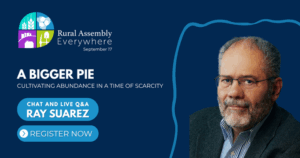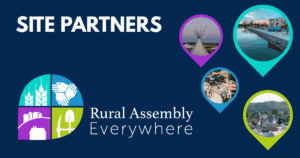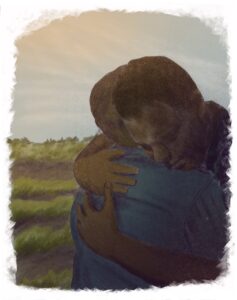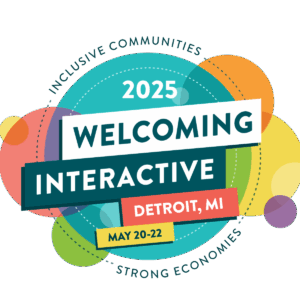Climate change is perhaps the singular most important issue in the future of our nation and our planet. It is also one of the most challenging issues around which to have constructive conversations.
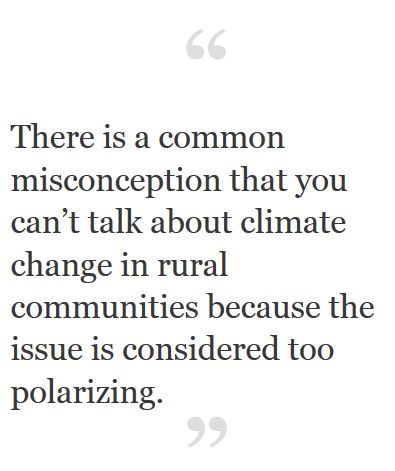
Rural communities are essential to this issue, in part because they account for the majority of our nation’s land area and supply most of the nation’s energy. Despite this, many consider this issue too controversial to talk about. How can we address the high stakes issues of climate change when they involve some of the thorniest political, geographic, cultural, and economic divides in our country?
Through dialogue.
In recent climate dialogues, rural community participants who are diverse in age, background, and economics have come together to do the hard work of exploring the issues, finding common ground, and identifying policy recommendations and direct action ideas.

This approach may be more than a way to begin negotiating ways to address climate change — it could be a path to a more functional and participatory democracy.
Read about this and more on Bill Moyer’s blog from National Rural Assembly Steering Committee member and Director of Rural Strategies at the Institute for Agriculture and Trade Policy, Anna Claussen.
For more information about collaboration among rural communities regarding climate change adaptation and mitigation, visit the Rural Climate Network.


